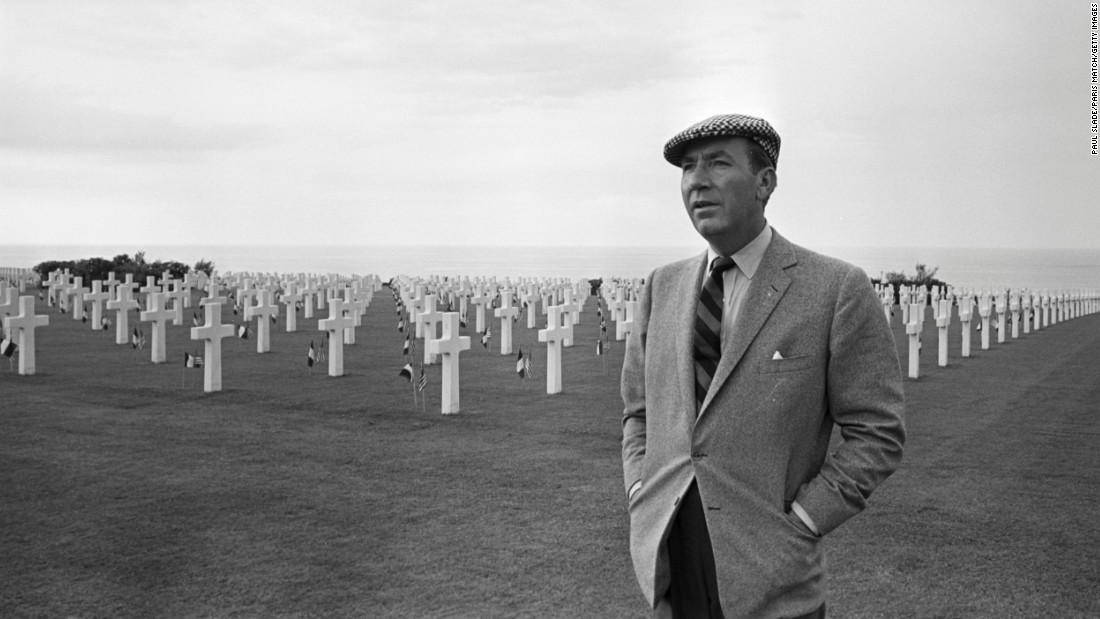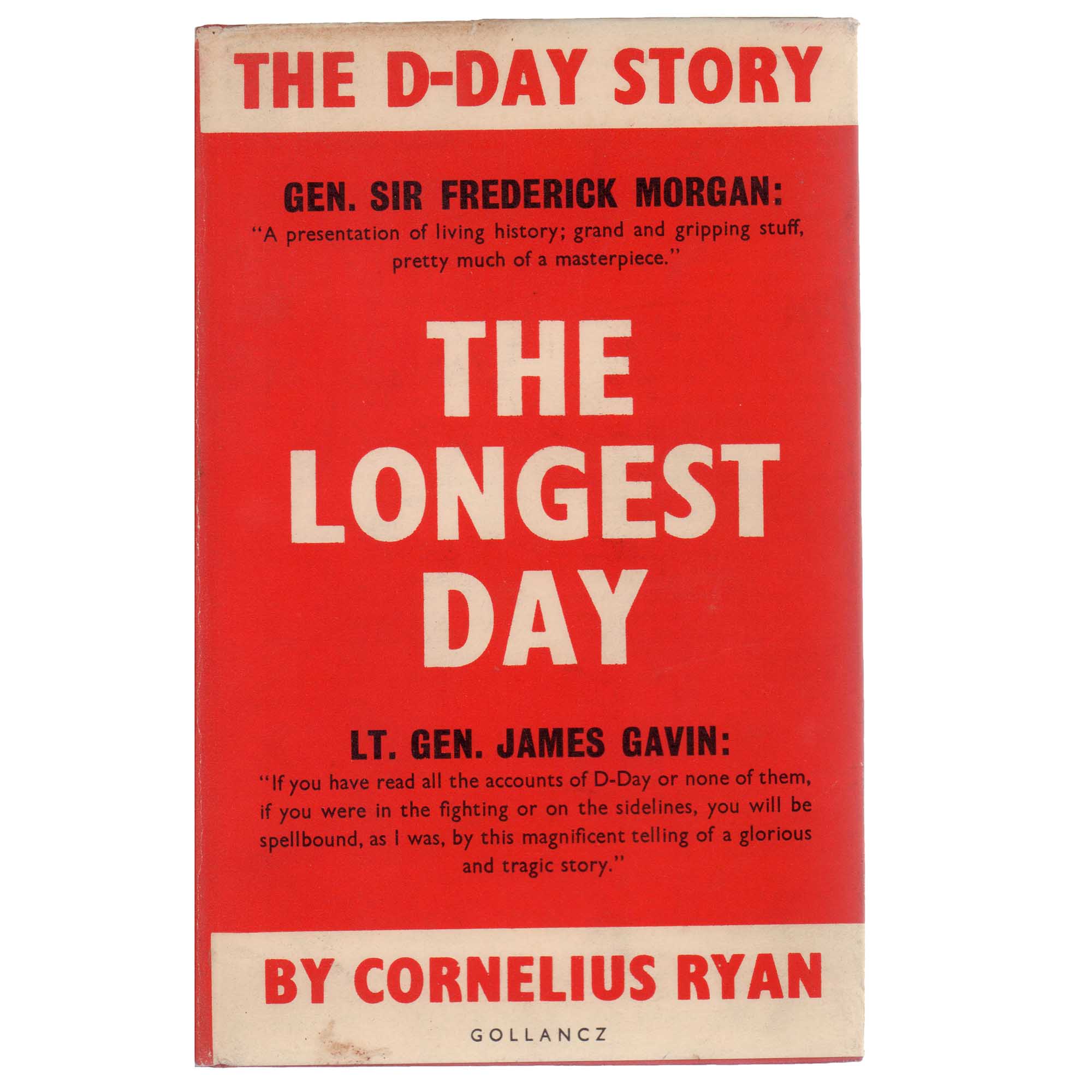


Wishing you great reading.” Barbara and Michael Zanuck paid the author US$175,000 for the screen rights to the book. It was an instant success, and Ryan helped in the writing of the screenplay for the 1962 film of the same name. In 1956 he began to write down his World War II notes for The Longest Day: 6 June 1944 D-Day, which tells the story of the D-Day Invasion of Normandy, published three years later in 1959. He began compiling information and conducting over 1000 interviews as he gathered stories from both the Allies and the Germans, as well as the French civilians.

On a trip to Normandy in 1949 Ryan became interested in telling a more complete story of Operation Overlord than had been produced to date. See photos for your consideration.Ĭornelius Ryan (5 June 1920 – 23 November 1974) was an Irish journalist and author mainly known for his writings on popular military history, especially his World War II books: The Longest Day: 6 June 1944 D-Day (1959), The Last Battle (1966), and A Bridge Too Far (1974). It has edge wear and a missing section along the spine. Pages are clean and spine is in great shape. This rare copy is in very good condition. In the words of its author, The Longest Day is a story not of war, but of the courage of men.The Longest Day by Cornelius Ryan~1959~First Edition BCE~Rare~Vintage~World War 2~Illustrated. Cornelius Ryan captures the horror and the glory of D-Day, relating in emotive and compelling detail the years of inspired tactical planning that led up to the invasion, its epic implementation and every stroke of luck and individual act of heroism that would later define the battle. This is the story of D-Day, told through the voices of over 1,000 survivors - from high-ranking Allied and German officers, to the paratroopers who landed in Normandy before dawn, the infantry who struggled ashore and the German troops who defended the coast. One of the defining battles of the war, D-Day is scored into the imagination as the moment when the darkness of the Third Reich began to be swept away. But beyond the statistics and over sixty years on, what is it about the events of D-Day that remain so compelling? The courage of the men who fought and died on the beaches of France? The sheer boldness of the invasion plan? Or the fact that this, Rommel's 'longest day', heralded the beginning of the end of World War II? There has never been a battle like it, before or since.

D-Day - the beginning of the Allied invasion of Hitler's formidable 'Fortress Europe' - was the largest amphibious invasion in history. 156,000 troops from 12 different countries, 11,000 aircraft, 7,000 naval vessels, 24 hours.


 0 kommentar(er)
0 kommentar(er)
